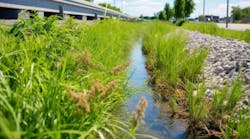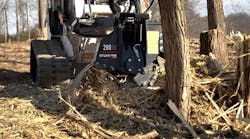Editor's note: This blog was first published on January 11, 2019.
Investing in real estate is taking on a whole new meaning—not just buying up land, but creating it where it didn’t exist before. It’s a centuries-old practice; parts of many cities and countries, from San Francisco to Mumbai to the Netherlands, are built up or reclaimed. But since the 1970s, as this article points out, the scale of reclamation projects has been increasing.
The article calls attention to the environmental damage artificial islands and land fill are causing, citing various projects in Hong Kong and elsewhere. In Hong Kong, for example, about 4,000 acres of new land is planned, which will provide living space for more than a million people. There is of course a long history of creating new space there; about 25 square miles of Hong Kong, including its entire airport, are built on reclaimed land. But construction on and near the water has reduced the region’s dolphin population, and elsewhere fisheries, coral reefs, and coastal wetlands have been harmed.
And creating new space doesn’t always work as intended. A series of palm- and map-shaped islands in the Persian Gulf just off the coast of Dubai, intended to house luxury homes and hotels, ran into trouble a few years ago; in addition to being criticized for disrupting the marine ecosystem, the islands began to erode and sink, and part of the project was abandoned.
Still, many new projects are moving ahead, creating valuable real estate in desirable coastal locations. In Denmark, the government is planning to add about 10 miles of coastal property in the Baltic Sea a few miles from Copenhagen, with space for about 35,000 residents and a business district. The government says the construction will actually help the environment by restoring habitats and protecting inland areas from erosion and storm surge damage.
In the not-too-distant future, reclaiming land from the ocean might become an even bigger business, not just to create new space for homes, business, and agriculture, but to take back what the ocean is slowly devouring. In addition to the prospect of rising sea levels, land created from built-up dredged material often settles faster than the surrounding area, and the combination might require more cities to increase the elevation of existing tracts or create entirely new ones.






